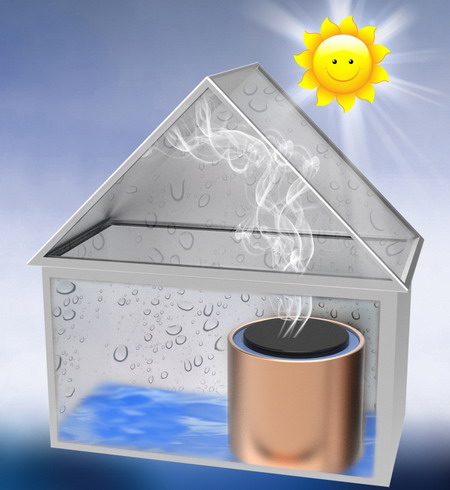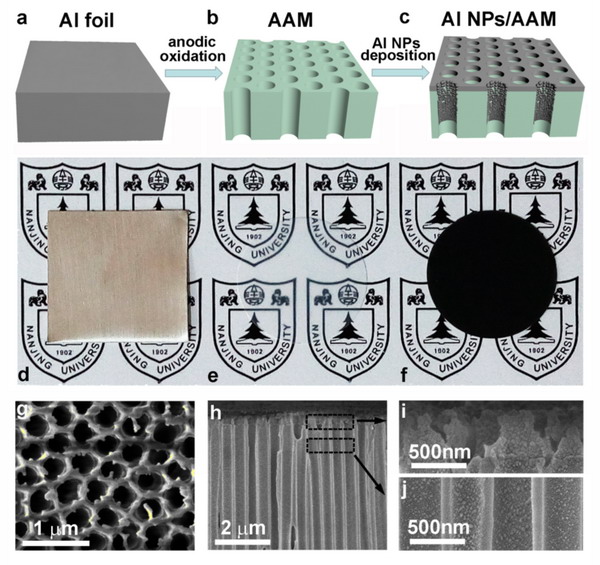AAO templates and AAO materials have also emerged in the field of seawater desalination of new innovative applications, nanomaterials in the field of another scientific and technological innovation. Among TR35's best young technological innovators, AAO technology is among them. Here is a news from Nanjing University news network.
According to the news network of Nanjing University, April 26, 2016, Professor Zhu Jia's research group of our school of modern engineering has made important progress in high-efficiency solar desalination. The related research results were published in the title of "3D self-assembly of aluminium nanoparticles for plasmon-enhanced solar desalination". Re Photonics) (DOI: 10.1038/NPHOTON.2016.75). Zhou Lin, an associate researcher of the Institute of Modern Engineering and Applied Sciences, and Tan Yingling, a postgraduate student, are the co-first authors of the paper. Professor Zhu Jia is the correspondent author of the paper. The research was guided and supported by Academician Zhu Shining.

Fig. 1. schematic diagram of the design of plasmon enhanced solar desalination
With the development of human society and the continuous improvement of living standards, the situation of freshwater resources is becoming increasingly serious. As one of the effective ways to obtain freshwater, desalination has attracted wide attention. However, at present, the traditional desalination device consumes a lot of heat or energy, carbon emissions, large device volume, and desalination efficiency, the effect needs to be improved. Seawater desalination technology using solar photodistillation is low-carbon and environmentally friendly, but for many years it has been limited by the low photothermal conversion efficiency (about 30-45%) and can not be widely used. Zhu Jia's team has realized high efficiency solar desalination (energy transfer efficiency is about 90%, salinity is reduced by 4 orders of magnitude before and after desalination) for the first time in the world. It is found that the three-dimensional aluminum particle plasmon blackbody material is an excellent system for high efficiency solar desalination. Fig. 1 shows the design schematic diagram of aluminum particle blackbody material used in plasma-enhanced solar desalination. Firstly, the plasma-induced aluminum blackbody material has a wide spectrum of ultra-high light absorption efficiency (average absorption efficiency > 96% in the range of 400-2500 nm wide solar spectrum), which ensures that the photothermal conversion efficiency is greatly improved in the process of seawater desalination; secondly, the local plasmon optical resonance effect of aluminum nanoparticles makes it float on the surface of water. High local temperature and electromagnetic field enhancement effect are produced near the tightly aligned aluminum particles, which is very conducive to the rapid and effective generation of fresh water vapor. The porous structure also provides an effective escape channel for steam. Finally, aluminum particle plasmon blackbody material was prepared using low-cost aluminum as the only raw material, and a simple and scalable self-assembly method was adopted (Fig. 2). The measurement showed that the desalinated water was drinkable water better than WHO standard, and the desalination performance of the material showed good stability. And durability, which is of great significance to the practicability of high efficiency solar desalination technology.

Fig. 2. self assembly process of three dimensional aluminum particle plasmon black body and comparison of optical photographs before and after assembly
The research was supported by the National Key Basic Research Program (Youth 973), the group and surface projects of the National Natural Science Foundation of China, the special funds of the basic scientific research business expenses of the central universities, and the superior disciplines of Jiangsu Province.